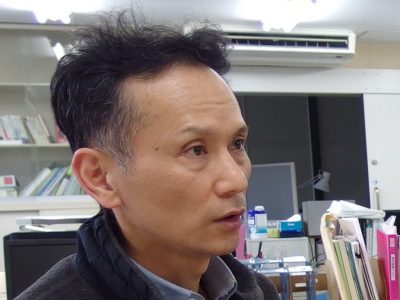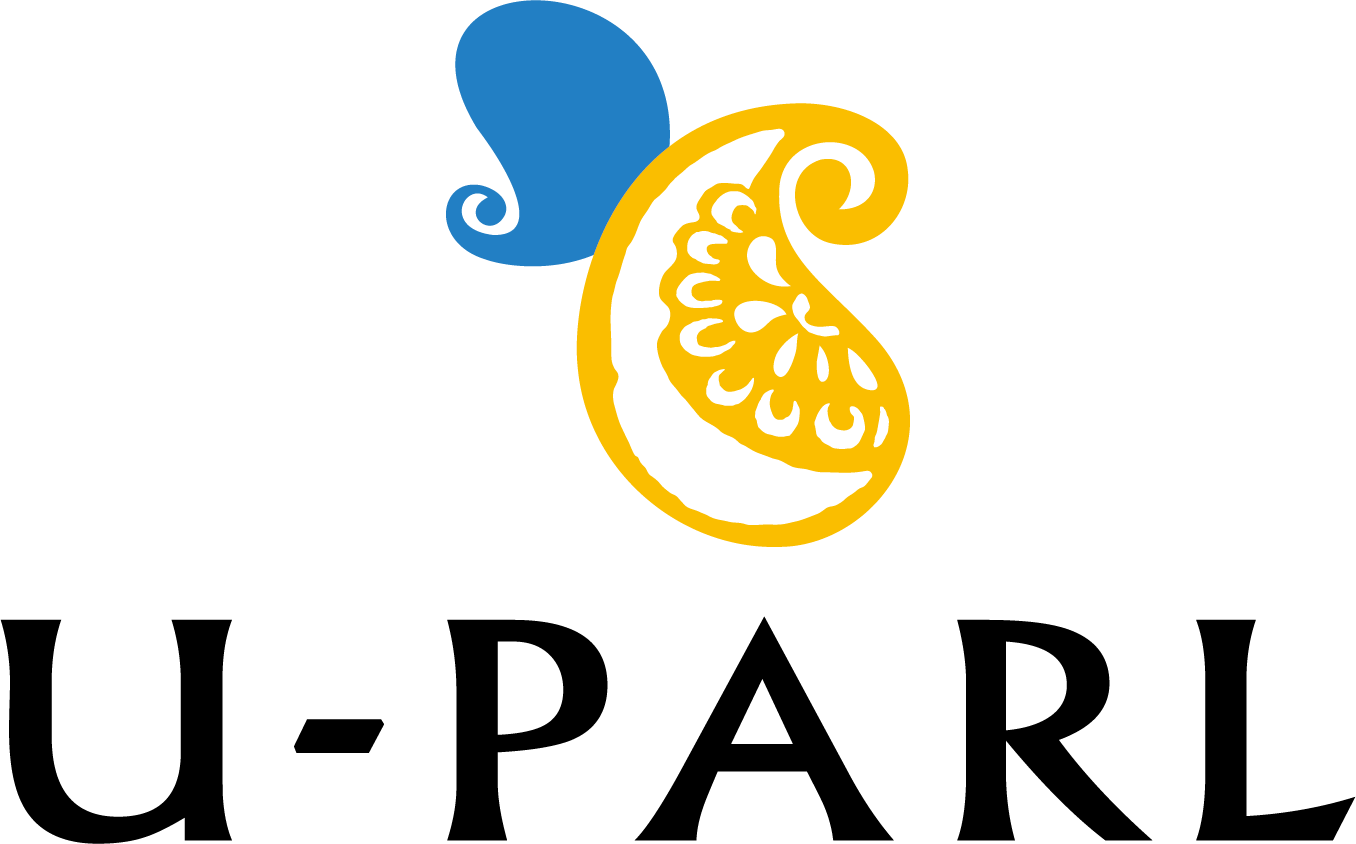
Yusuke NAKAMURA
Professor, Graduate School of Humanities and Sociology, the University of Tokyo
*Professor Yusuke NAKAMURA is a University of Tokyo researcher specializing in literacy studies. He has spent many years surveying and researching with a focus on Latin America. He has provided a great deal of advice and leadership in surveying and processing the “Literacy Education Materials Donated by ACCU” based on his experience working as a literacy education project support committee member for the ACCU in the 1990s. We are very grateful for his contribution of this commentary. An overview of the literacy education materials donated by ACCU can be seen here.
In 2014, literacy education materials from around Asia were donated to the Asian Research Library, University of Tokyo Library System by the Asia-Pacific Cultural Centre for UNESCO (ACCU). And, this marks the occasion of the making the list of those materials public on the U-PARL website.*
What has been recorded at the present stage is the metadata on, for example, date of release, author, publisher, language/script type used, and topic, etc. for each material. This was made possible with the cooperation of people familiar with the vernacular languages (University of Tokyo foreign students and domestic graduate students that use those languages in their research). Their work in creating this metadata was extremely valuable.
In the 1990s I was involved with the ACCU as a literacy education project support committee member. Personally, I was not equipped with the specialist knowledge of the various regions of Asia to allow me a deep understanding of the content, but every time I had the opportunity to see these teaching materials at meetings I understood that they were very valuable resources, both in an academic and a societal sense, related to the languages and everyday cultures of the various regions of Asia during that time period. After that, also under the influence of ICT, which had just came to the forefront at about that time, we have seen remarkable changes in the landscape of social development and international cooperation up until today. In that sense, it may be that these sorts of printed materials will soon no longer have any role as teaching materials. Having said that, it is a fact that new developments always come out of the accumulated activities of the past. For those carrying out activities on the ground level, it can be quite difficult to view problems from a relative or objective perspective; however, by conducting analyses through a combination of materials that have been systematically organized in this way with other related data, we will surely come up with valuable questions that can take us into the future.
For example, from the perspective of international cooperation, these materials will help in analyzing where it was that project teams were placing importance in literacy education targeted mainly at adult women during this recent period and in analyzing the results obtained and the accomplishments achieved from these activities. Again, in this recent period, importance came to be placed on cultural diversity in international cooperation. For that reason, from the perspective of linguistic studies, the opportunity was opened up for analyses of the diverse orthography, lexical selection, and pragmatics of the languages used in these teaching materials. In particular, the materials were created under a shared project method, based on the idea of implementing the project together in such a way that the participating countries are all treated equally—from project planning to the deciding of content, the provision and editing of materials, distribution to the various countries, and evaluations. Because of this, it is also possible to carry out contrastive linguistic comparative analyses. Moreover, because these teaching materials also feature many illustrations of cultural lifestyle, they will also allow analysis from the perspectives of village area material culture and physical techniques. If you go to the ACCU website you can see that different illustrations have been added even on texts that share the same themes.
http://www.accu.or.jp/litdbase/material/_data/ctPg/women.html
http://www.accu.or.jp/litdbase/material/_data/ctPg/environment.html
If we are to look afresh at the circumstances of the various regions based on these sorts of analyses, this will be the key to finding out what kinds of changes have been affected in the lives of women and children in villages in the different areas of Asia over the last twenty-odd years and what sorts of differences there are between the different regions. Further, it would be ideal if those insights were also used as fundamental resources in working on societal development and international cooperation. However, if we are going to aim that high, we will not be able to achieve this through individual handwork alone. In order to draw out the academic and societal possibilities contained in these materials, under the supervision of regional specialists and informatics researchers we need to advance the digitalization of the list made public on this occasion, as the foundation, in combination with the materials available at the ACCU website. The release of this materials list* is the first, very important, step toward opening up these possibilities.
August 26, 2022
Updated by U-PARL

